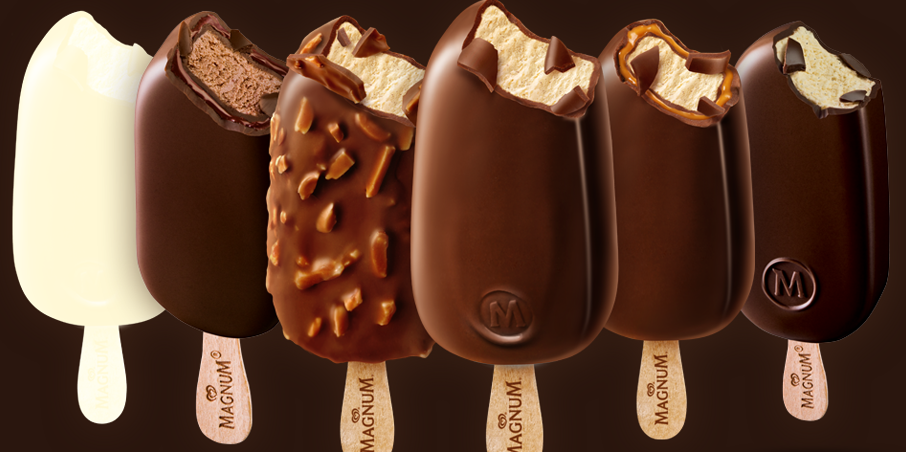The Importance of Aerating Those Greens
This month’s column is giving you
an inside scoop on one of the most important jobs a Superintendent has worldwide. I’m breaking down why we aerate greens and
the importance behind it. Aeration is a
very labour intensive maintenance practice of pulling a plug of soil, thatch,
and grass out of the ground by means of a machine equipped with a row of hollow
tubes called tines. I know from
experience that golfers tend to view aeration as an inconvenience that takes the
greens out of play for a day. What I’m
hoping you get from this, is the importance of why we complete aeration, as
it’s not to inconvenience the golfer, it’s to make sure the green can heal and
produce healthy turf. Here’s the best analogy that I learned in school: over time the traffic from both the golfer’s feet and mowing equipment compacts the soil under the putting green. When the soil becomes compacted, the air pockets which the roots depend on are crushed and the roots are left without air. Without oxygen, the grass plants become even weaker and will eventually die.
The mechanical process is done by removing half-inch cores (which are those plugs that are sometimes left on the fringe) from the compacted soil, allowing for an infusion of air and water that brings a resurgence of growth. From there the mini holes are filled with sand, which in golf world we call topdressing, it is then that over seeding occurs. This helps the soil retain air spaces making it easier for the roots to grown downward.
For those of you golfers who have seen this process unfold, the number one question I get asked is: “Why is so much sand applied?” Playability is our number one concern after aerifying, by filling each of the aeration holes with sand it will promote quicker recovery and improve ball roll. Unfortunately the playing surface is not as smooth immediately after this process but the effects on playability as a result of aeration can be minimized if aeration holes are completely filled with sand. The short answer to the question is that by applying enough topdressing sand to fill aeration holes it will result in a smoother post-aeration surface that recovers quicker than a surface with open aeration holes.
Timing is everything when it comes to aeration. Depending on your golf course location and your grass type means that your course could be aerated in mid-August to early September. Most courses in our area the desired turf is Poa annua, where aeration can be performed later in the fall. There is less chance for stress on Poa annua in the late summer early fall. Your golf courses tournament and league play will also play a part in when the Superintendent can do the aeration.
Please remember this fall when
aeration is performed it’s done every year to improve turf health and playing
conditions. Core and deep-tine aeration are critical for the health of highly
maintained grass. Just keep in mind that every time you comment on the
exceptional conditions during the golf season, a large part of maintaining
those conditions is routine core aeration. It’s important to focus on the long
term goal and not the short-term inconvenience.
Ashley Gravett
PGA of Canada Golf Professional
Goderich Sunset Golf Club





